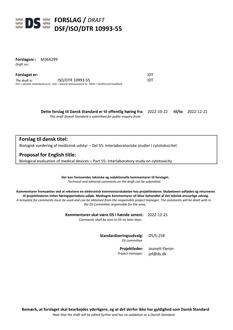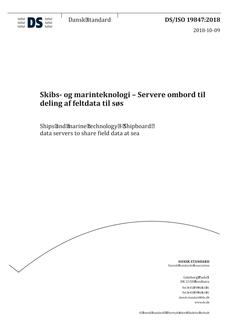-
-
Available Formats
- Availability
- Priced From ( in USD )
-
Available Formats
-
- Immediate download
-
$44.00Members pay $33.00
- Add to Cart
-
- Printed Edition
- Ships in 1-2 business days
-
$44.00Members pay $33.00
- Add to Cart
Customers Who Bought This Also Bought
-

DANSK DSF/ISO/DTR 10993-55
Priced From $40.00 -

DANSK DS/ISO 19847
Priced From $131.00 -

DANSK DS/EN 1101
Priced From $28.00
About This Item
Full Description
This document specifies a method, using a mixture of formic acid and zinc chloride, to determine the mass percentage of viscose, certain types of cupro, modal or lyocell, after removal of nonfibrous matter, in textiles made of mixtures of – viscose, certain types of cupro, modal or lyocell, with – cotton. This document has been initially specifically established for mixtures of viscose, certain types of cupro, modal or lyocell with cotton, it is also applicable to mixtures with polypropylene, elastolefin and melamine. IMPORTANT – If a cupro or modal or lyocell fibre is found to be present, a preliminary test is carried out to see whether it is soluble in the reagent. The method is not applicable to mixtures in which the cotton has suffered extensive chemical degradation. It is not applicable when the viscose, cupro, modal or lyocell fibre is rendered incompletely soluble by the presence of certain permanent finishes or reactive dyes that cannot be removed completely.
Document History
-
DANSK DS/EN ISO 1833-6
currently
viewing
Textiles – Quantitative chemical analysis – Part 6: Mixtures of viscose, certain types of cupro, modal or lyocell with certain other fibres (method using formic acid and zinc chloride) (ISO 1833-6:2018)- Most Recent
-
DANSK DS/EN ISO 1833-6
Textiles - Quantitative chemical analysis - Part 6: Mixtures of viscose or certain types of cupro or modal or lyocell and cotton fibres (method using formic acid and zinc chloride)- Historical Version




